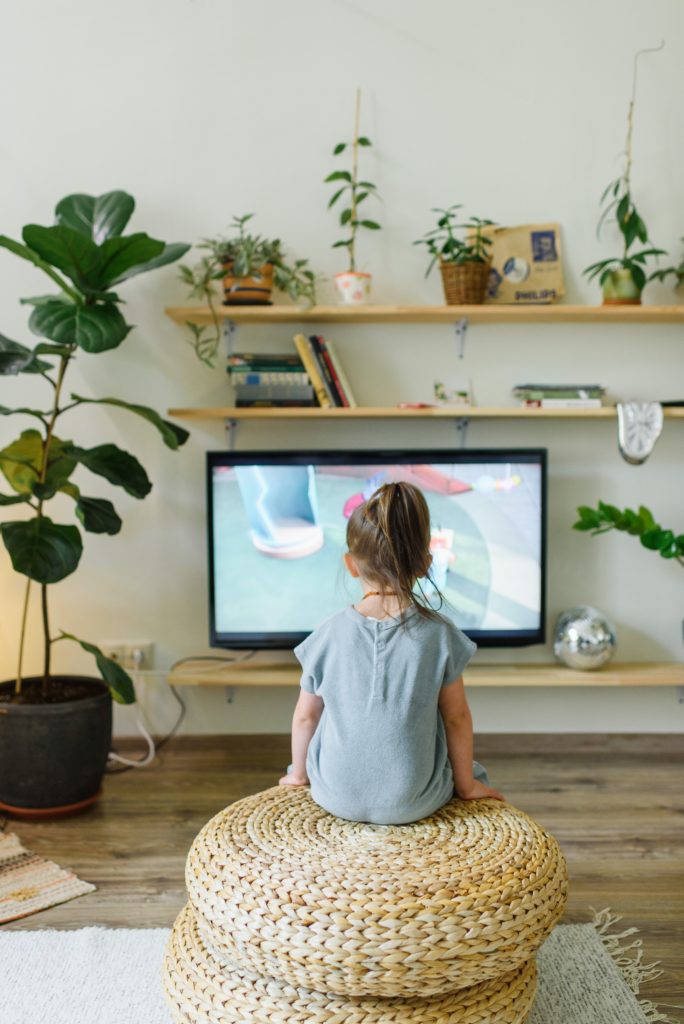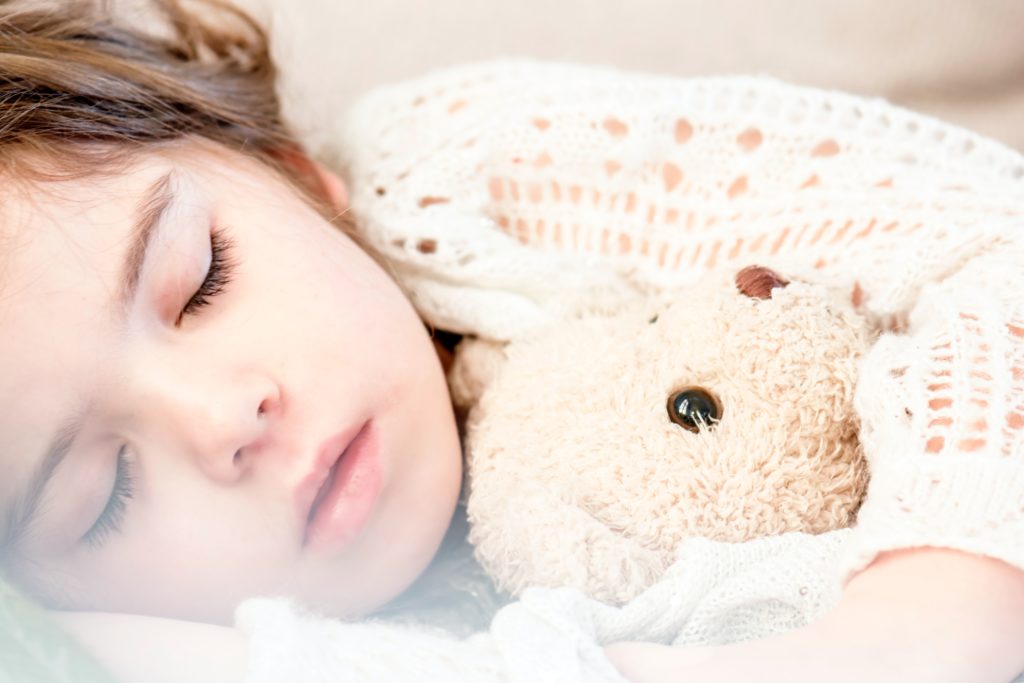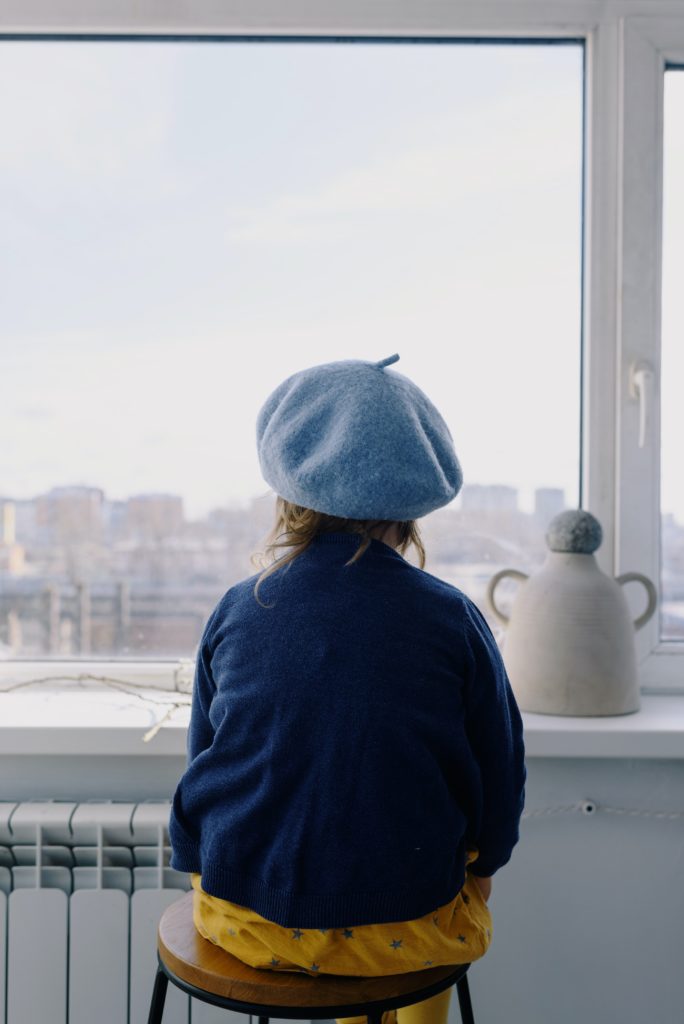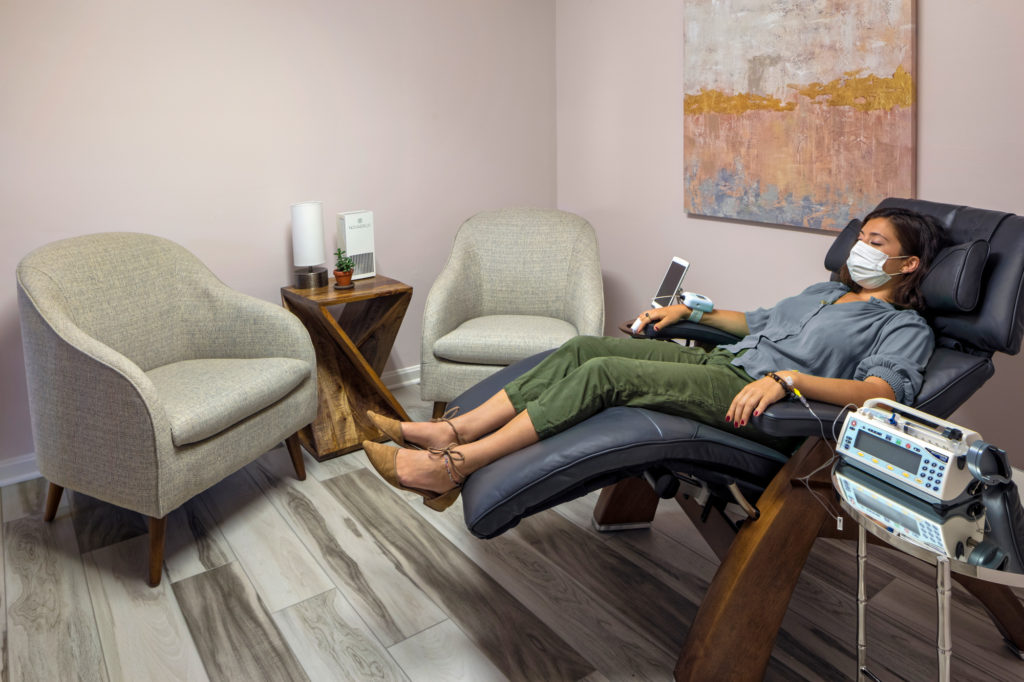We talked last week about how childhood abuse alters girls’ brain development, slowing down the maturing of emotional circuits in key areas. But what about neglect? Does the neglect of a little girl do the same thing?

The light grew darker as the sun had set and Bryanna shivered. She didn’t like the dark. She scooted her stool to the light switch and turned on the light to chase the monsters away, then did the same in the hall, kitchen, and family room. Bryanna knew her parents had to work so they’d have food, but she so wished she had her family at home. This was the third night in a row that no one was home when she had to turn on lights. (Neglect in early childhood puts a little girl at risk.)
Her tummy growled and she realized she was hungry, so she opened the fridge and found some lunchmeat and mustard. Then she found bread in the pantry and put it on the table. She reached up and opened the silverware drawer and felt around above her eye level. She felt the long table knives and wrapped her fingers around one and pulled.

Back at the table, she worked and worked to open the mustard, and finally snapped it open. Then squeezed the plastic bottle upside down until some clear juice and some mustard came out on her bread. She frowned at the clear stuff. That’s not mustard, she murmured to herself.
But she just stirred her knife in the clear stuff, then spread it all on her bread. Next, she freed a piece of lunchmeat from the package and carefully put it on the bread and covered it with more bread.
Taking a bite out of her sandwich, she walked with it to the family room and turned on the TV. A big blob of mustard plopped from her sandwich onto the carpet. Bryanna frowned and scrubbed it with a napkin.
Switching channels to her favorite Disney show, she settled on the sofa to eat.
Bryanna felt her aloneness, and wished someone would come over or even call. She knew Grandma wouldn’t because she lived 8 hours away. She didn’t want Uncle Jason to come because he wasn’t very nice. So, she picked up her teddy bear and hugged him tight so she’d feel better.

Finally, as the night grew later, she leaned over on a sofa pillow in front of the TV and went to sleep.
When she woke up, the house was filled with morning light.
So, dragging her bear by the arm, Bryanna went to the kitchen to find her cereal. But first, she looked in the driveway.
Empty.
No one came home. Siggghhhhhh.
Does Bryanna know she’s neglected? Probably not. At least, not yet. Once she’s in school and hears about the kids whose moms are home waiting for them, she’ll begin to make the comparison. And eventually, it’s likely she’ll become increasingly unhappy about it.
At this point, however, she just knows she’s tired of being lonely, and wishes they would return, because neglect in early childhood is hard for little persons who ache to be nurtured.
Bryanna decided to get a pen off the table, and she put a mark at the top of an old newspaper. That was for yesterday. Then she put a mark next to it. That’s for today, she whispered.
How many days would they be gone before they came home..?
Bryanna is 4. Her ability to care for her own needs seems mature, considering her age. But Bryanna has been left alone many times in her life. She gets lonesome, sometimes scared, but she solves problems, feeds herself with what she can find, and entertains herself very well for a 4 year-old.

She loves her teddy bear like any 4 year-old. And using her stool, she can turn the lights on when the dark becomes frightening. She knows how to make her own sandwich, eat cereal, entertain herself to help the time pass, and keep track of how long her parents are gone this time.
Like any young child, she might wish to be surrounded by family, and conversation, and laughter. But that is not her life. Waiting is her life. And when you think of a four year old that you know, you probably don’t see such self sufficiency.

What’s the difference?
We spoke last week about a paper published in the American Journal of Psychiatry where a group of 234 girls aged 8-18 were given MRIs, then scanned again 5 years later.
They studied the impact abuse in early childhood had on girls. They found that while abuse alters their brains specifically in the emotion processing areas, causing delayed maturing of emotion processing in very specific brain areas, neglect actually accelerates brain development of the entire brain.
Think about that.
If a child has no one to care for her, her brain hurries and advances quickly so she can take care of herself. So she can survive. There are actual changes in the cells of her brain that race to mature ahead of when they should.
Maybe that improves her ability to survive.
You can see an example of that in Bryanna, above. It’s just a fact that neglect in early childhood poses too great a burden on a young child and results in markedly increased risks of depression, anxiety, and other disorders.
(This scenario doesn’t only happen in third world children, or somewhere else far away — it happens right here in the US, in all kinds of families, including homes with parents who have jobs and could choose to parent differently.)
As a result, you see that little girl’s BrainAGE accelerated beyond her chronological age.

Parents may think if they leave their 4 year old with cereal and peanut butter and the TV on, she’ll be fine for awhile. They may even think they can leave a four year old to care for her younger siblings. But to survive, and to help her siblings survive, her brain ends up advancing in maturing… so she can manage the responsibility.
We now have MRI proof of that.
This is abuse by neglect. It doesn’t mean you have a really smart child…though you do. It means you’re abusing your children and putting all of them at risk.
(That tidbit was tossed out free to any parent who makes this mistake.)
Neglect is no joke. No parent should pat themselves on the back, proud of how their little girl is “so grown up.”
The more severe the neglect, the more advanced and matured the whole brain of the child becomes. A little girl living on the streets, without parents, is likely to advance in whole brain maturity even more dramatically, in order to dodge authorities and keep her siblings together, find daily shelter for them, and food.
This is in contrast to the abuse we talked about last week, where yelling, berating, and hitting abuse led to delayed development in the emotion-processing circuits in the brains of those girls who experienced that kind of abuse.
So, to recap: little girls who are neglected experience advanced maturing across their whole brain, but those who are physically, sexually and emotionally abused experience changes in specific circuits that process emotion, and those changes specifically delay their emotional development.
Both are bad.

Neglect in early childhood causes whole-brain advanced maturing.
So how does this affect the little girl? These MRI findings are exciting — but preliminary. They add to the body of research that shows that childhood abuse and/or neglect are associated with increased risks of developing depression, anxiety, PTSD, and substance misuse (alcohol, cannabis….the gamut) throughout her life.
Depression and anxiety that seems to come out of nowhere? It may well be the direct fall-out of the stress of the neglect or abuse in childhood. That type of stress causes hypervigilance … and it can prune dendritic branches and wear down the synapses between your brain cells.
And you know what happens? When they get pruned, you get pruned. We live like our biology. You lose energy, interests, enthusiasm, focus, friends, resilience. Words can’t reach you. Therapy feels useless.
At Innovative Psychiatry, we often work with women who were abused or neglected as children. Now they suffer from disorders that disrupt their lives. Severe stress does that. But we find that even though we can’t rewrite their history, we can treat some of the disorders that have resulted from their past abuse or neglect…or both.
We’ve seen it do such wonderful work in people with depression and other disorders. And many times the result of trauma and neglect is depression, substance or alcohol use disorders, social anxiety, or PTSD. Sometimes it’s hopelessness that seeps in as thoughts of death as a relief or frank suicidal thinking. So often, treating the symptoms of these disorders, and making suicidal thoughts go away, holds the key to a fulfilling and radiant life.
IV ketamine treatment has a fifty year history of safe, effective use in children, adolescents and adults of all ages.
If you suffered neglect in early childhood, you’ve probably experienced recurring problems through the years. Anxiety? Depression? PTSD?
Ketamine isn’t for everyone, but it helps so many that it’s reasonable to hope it can do wonderful things for you.

When you come for treatment, bring a sweater and wear a mask. We’ll meet you at the door and take you to your treatment room where you can nestle into a welcoming recliner. You’ll note a snazzy white box on the table with the label Novaerus. That’s the plasma cell technology developed by the Department of Defense and NASA that destroys bacteria, viruses, and molds in the air… and can even lift them off hard surfaces and destroy them. It actually destroys their DNA.
This technology was designed for the Space Station to prevent contamination. (And we were the first ketamine treatment center in the country to install it!) You need to know when you come in for treatment that you’re in the safest possible environment — and that we’ve gone above and beyond to protect you from COVID-19 and all the new variants…delta variant, lambda, and mu. (And even the flu.) While you’re in our office, you can breathe easy. Because we’re on the forefront of innovation.
Music (without words) and soothing sound can deepen your experience. So you can settle in and flow as the ketamine begins… and get the most from it.
You’ve been through enough. It’s time to get better. And to move forward in your life with hope and purpose…as well as the energy to fulfill your desires and live with joy.

To the restoration of your best self,
